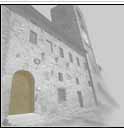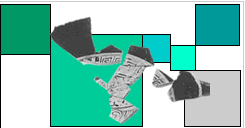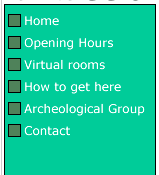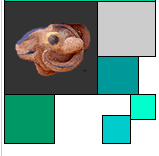



|
||||||
|
The
Archeological Group began at the end of the 1960s, even though its
official establishment is given as 17 Feb 1973. Its first undertaking remains, after many years, one of the most significant: their having been able to save from dispersal the well-known objects from the Terrosi collection, and instigating their acquisition by the Council of Colle di Val D'Elsa. Following this, thanks to the trust put in Superintendent Guglielmo Maetzke, they have been able to carry out many other activities: from the cleaning of tombs under official assignment to current dig campaigns, from the restoration of recovered objects to their first classification, resulting in their publication; from conferences to study days and congresses, among which the well-remembered "Etruscan Phonology-Tuscan Phonetics: a problem of substrate" of international importance, the documents of which, published by Leo Olschki, have been put into the Biblioteca dell'Archivum Romanicum Vol 39. More recently, in date order, the congress "Cities and Territories of Etruria-towards the definition of cities of northern Etruria" chaired by Prof Mario Torelli, the documents of which are in the process of publication. We must not undervalue the educational activities of the schools in the area, from elementary to high school, who hold meetings in individual schools, and who participate in guided visits to archeological sites and to the museum. In 1997, an archeological dig began at Quartaia, just outside Colle di Val D'Elsa, where a production centre for ceramics, active until the end of the VI century BC, was brought to light. For some years now the Archeological Museum, with the exception of the topographical section, has been constantly equipped with materials recovered thanks to the efforts of the Group. We would also like to mention the social events open to members and their families which are usually directed toward places of great cultural interest. The offices of the Archeological Society can be found on the top floor of the Palazzo Pretorio, immediately above the Museum, and comprise the restoration laboratory, store-rooms, and archives. |
|||||
| Archeological sites | -La via delle
Lellere -Tomba Pierini -Dometaia -Le Ville |
|||||






